Increased Focus on Safety Standards
The fiber reinforced-plastic-grating market is significantly influenced by the heightened focus on safety standards across various sectors. Industries are increasingly prioritizing safety in their operations, leading to a demand for materials that meet stringent safety regulations. Fiber reinforced plastics, known for their slip-resistant properties and structural integrity, are becoming a preferred choice in environments where safety is critical. This trend is particularly evident in public infrastructure and commercial spaces, where compliance with safety codes is mandatory. As a result, the market is projected to grow at a rate of approximately 7% annually, driven by the need for safer working and public environments.
Expansion of Industrial Applications
The fiber reinforced-plastic-grating market is witnessing an expansion in industrial applications, particularly in sectors such as oil and gas, chemical processing, and wastewater treatment. These industries require materials that can withstand harsh environments while providing safety and durability. Fiber reinforced plastics are increasingly favored for their corrosion resistance and low maintenance requirements. The market's growth is further supported by the rising need for safety in industrial settings, where traditional materials may pose risks. In 2025, the industrial segment is anticipated to account for over 40% of the total market share, underscoring the material's versatility and reliability in demanding applications.
Rising Demand for Lightweight Materials
The fiber reinforced-plastic-grating market experiences a notable surge in demand due to the increasing preference for lightweight materials across various industries. This trend is particularly evident in sectors such as construction, where the need for durable yet lightweight solutions is paramount. Fiber reinforced plastics offer a compelling alternative to traditional materials, providing strength without the associated weight. As industries strive for efficiency and cost-effectiveness, the adoption of these materials is likely to rise. In 2025, the market is projected to reach a valuation of approximately $500 million, reflecting a compound annual growth rate (CAGR) of around 6%. This growth indicates a robust shift towards innovative materials that enhance operational efficiency while reducing overall weight.
Regulatory Support for Composite Materials
The fiber reinforced-plastic-grating market benefits from increasing regulatory support aimed at promoting the use of composite materials. Government initiatives encourage the adoption of sustainable and efficient materials in construction and infrastructure projects. This regulatory environment fosters innovation and investment in the fiber reinforced-plastic sector, as companies seek to comply with new standards. For instance, the implementation of stricter building codes and environmental regulations has led to a heightened interest in materials that offer both performance and sustainability. As a result, the market is expected to expand, with projections indicating a potential growth rate of 5% annually over the next five years, driven by favorable policies and incentives.
Technological Innovations in Manufacturing
The fiber reinforced-plastic-grating market is poised for growth due to ongoing technological innovations in manufacturing processes. Advances in production techniques, such as automated fiber placement and improved resin formulations, enhance the efficiency and quality of fiber reinforced plastics. These innovations not only reduce production costs but also improve the performance characteristics of the final products. As manufacturers adopt these technologies, the market is likely to see an increase in the variety and quality of offerings available. By 2025, the impact of these advancements could contribute to a market growth rate of around 6%, as companies leverage technology to meet evolving customer demands.


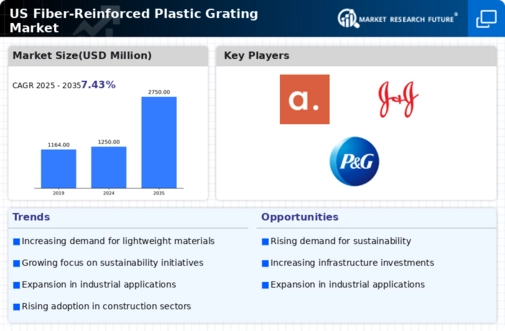
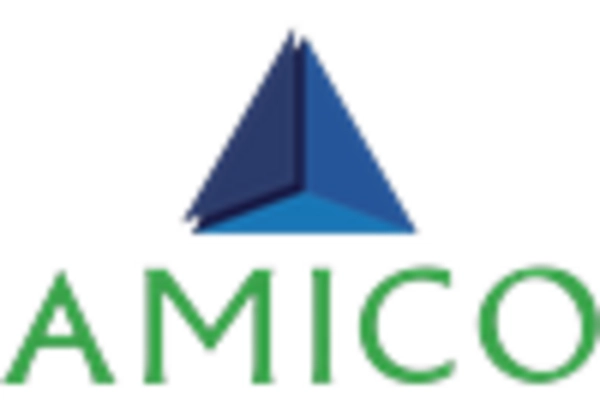
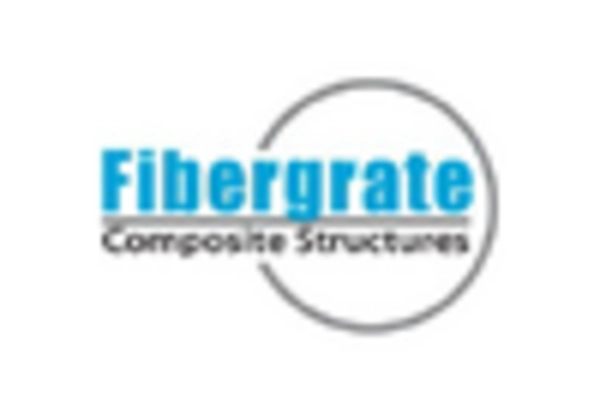

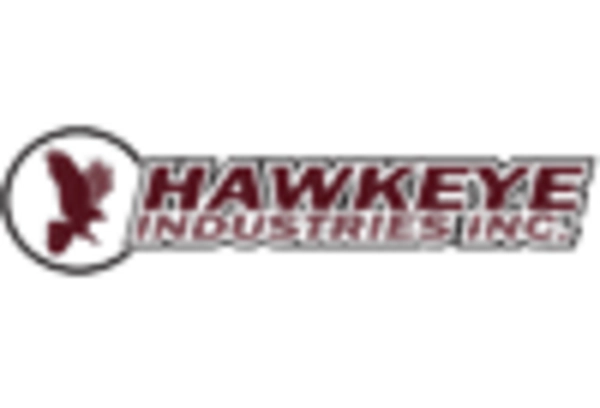
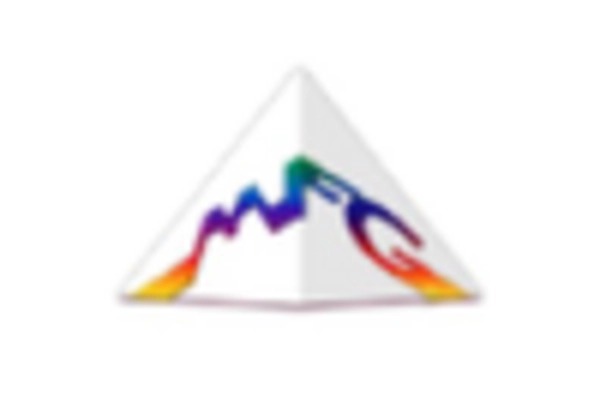









Leave a Comment